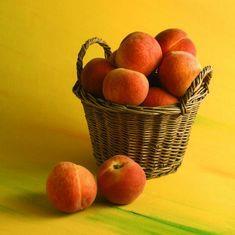
The static nature of this sector over the last year should be taken in the context of a six per cent growth in the total fruit market, and only the banana sector has had a weaker performance with a decline of eight per cent in the last year.
Shortage in supply has caused a fall in the number of households purchasing stonefruit. 72.9 per cent of households have purchased stonefruit in the latest 52 w/e period, signifying a loss of 735,000 households. Those that are buying stonefruit this year are also buying less of it, as the average household now buys 10.7 packs compared to 11.3 packs the previous year, a further reason for a decline in growth rates. Due to the shorter season this year, households have had less opportunity to purchase stonefruit as frequently, and the lower availability of fruit peak season resulted in less promotional activity and therefore households buying less per shopping trip.
The performance of the sector is in stark contrast to that of the previous year, where value growth of 14 per cent was seen, outperforming growth in the total fruit market by 42 per cent. The success of the sector was due to the increased supply of stonefruit in the peak season of 2002 and higher volume purchased by the average household each year, which we have seen fall again this year to below that of levels in 2001.
Looking at the individual fruits within the stonefruit sector, cherries are the only fruit in value growth of the last year, up from £41m to £46m. The cherry season has been later this year, so a shortage in supply early season resulted higher prices. This trend coupled with less price promotional activities in peak season this year than last, denotes higher average prices and value growth.
Apricots and nectarines have been in the strongest decline, ñ8 per cent and ñ15 per cent respectively, despite strong growth in the previous year. The turnaround in performance of both apricots and nectarines has been significantly affected by a shortage in volume available and subsequently penetration of both fruits has fallen.
Analysing retailer performance, the top four retailers, Tesco, Sainsbury's, Asda and Safeway, account for 64.1 per cent share of trade of the stonefruit market, compared to a 60.7 per cent share of trade in total grocery markets. stonefruit value sales within Tesco and Asda have increased, albeit at a lower rate than their total growth rate across RST markets. Tesco and Asda both responded to the shortage by carrying out less price promotions, and the consequential higher average prices over the season have resulted in value growth.






No comments yet